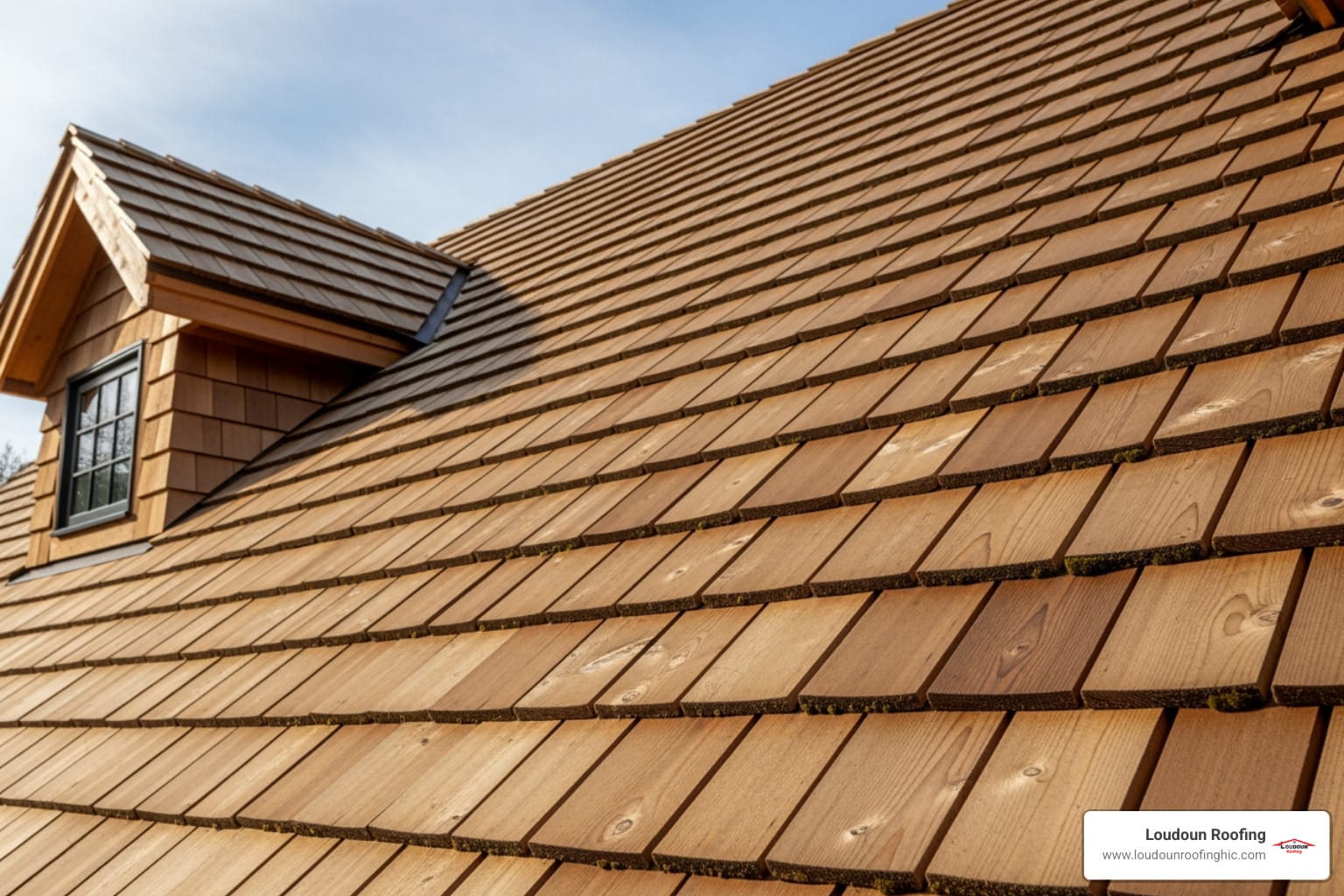Filing a roof insurance claim can seem daunting for homeowners, especially when dealing with the aftermath of storm damage or other covered events. However, understanding the process is crucial to ensuring your roof is repaired or replaced efficiently without breaking the bank. In this comprehensive guide, we’ll explain how roof insurance claims work, how to file a claim, and how Loudoun Roofing, a trusted roofing contractor in Loudoun County, VA, can assist you throughout the process.
What is Roof Insurance?
Roof insurance is an essential part of most homeowners’ policies that covers damage to your roof caused by various events such as storms, hail, wind, fire, and vandalism. However, it generally doesn’t cover damages caused by a lack of roof maintenance or normal wear and tear. It’s important to understand the specifics of your policy and whether your roof damage falls within the covered events.
How Does the Roof Insurance Claim Process Work?
Filing a roof insurance claim can seem overwhelming, but it’s a structured process that ensures you receive compensation for the damage. Here’s a simple overview of how the process works:
1. Assess the Damage
The first step in filing a roof insurance claim is to assess the damage. Look for visible signs like missing shingles, holes in the roof, or leaks inside your home. After a storm, it’s important to call a roofing contractor for a professional roof inspection. Loudoun Roofing offers thorough roof inspections and can help identify hidden damage that might not be immediately visible.
2. Document the Damage
Documenting the damage is crucial for your insurance claim. Take clear, detailed photos and videos of the affected areas of your roof and home. This will help support your claim and provide the insurance company with visual evidence of the damage.
3. Contact Your Insurance Provider
Once you’ve assessed and documented the damage, it’s time to contact your insurance provider. Many insurance companies require claims to be filed within a specific time frame after the damage occurs. Be sure to provide all the necessary details and documentation when you reach out.
4. Schedule an Adjuster’s Inspection
After filing the claim, the insurance company will send an adjuster to inspect the damage. The adjuster will assess the roof and determine whether the damage is covered under your policy. It’s advisable to have a trusted roofing contractor present during the inspection to ensure all damage is documented correctly.
5. Review the Settlement
Once the insurance adjuster has completed their inspection, the insurance company will send you a settlement offer. This will include how much they are willing to pay for repairs or replacement. Review the offer carefully, making sure it aligns with the damage found. If you’re not satisfied with the offer, you can request a re-evaluation or hire a third-party expert for an additional opinion.
6. Schedule Roof Repairs or Replacement
Once the insurance company has approved the claim and the settlement has been received, it’s time to schedule the roof repair or replacement. Work with a trusted roofing contractor to ensure that the repairs are done properly and to code. Loudoun Roofing specializes in both residential and commercial roof replacements and repairs.
What Does Roof Insurance Typically Cover?
Roof insurance typically covers damage caused by extreme weather conditions, like:
- Hailstorms: Roofs are vulnerable to damage during hailstorms. Even small hailstones can cause dents and cracks.
- Windstorms: High winds can rip shingles off your roof and cause significant damage.
- Fallen Trees: If a tree falls on your roof due to a storm, the damage may be covered.
- Fire Damage: If your roof is damaged by fire, your insurance should cover repairs.
However, wear and tear due to aging or lack of maintenance is generally not covered. Always review your policy to understand the exclusions.
Tips for a Successful Roof Insurance Claim
To make the process smoother and increase the likelihood of a successful claim, consider these tips:
- File the claim quickly: Many policies have deadlines for claims to be filed, so it’s essential to act fast.
- Get multiple estimates: It’s a good idea to get at least two or three roofing estimates. This will give the insurance company a clearer picture of the damage.
- Be thorough in your documentation: Detailed photos and descriptions of the damage will help speed up the process.
- Know your deductible: Before filing the claim, understand your deductible and the coverage limits of your policy.
- Consult with a professional: Having a trusted roofing contractor by your side throughout the process ensures that the damage is properly assessed and documented.
How Loudoun Roofing Can Help
If you’re dealing with roof damage in Loudoun County, VA, Loudoun Roofing is here to help. As an experienced roofing contractor in Loudoun County, VA, we assist homeowners in navigating the insurance claims process. Our team will inspect your roof, document the damage, and provide you with a detailed estimate for the repairs. We also work with your insurance company to ensure a smooth and efficient claims process.
If you need help with roof repairs or filing a roof insurance claim, contact us today!
Conclusion
Roof insurance claims can be complicated, but with the right knowledge and preparation, you can ensure that you receive the compensation you need for your roof repairs or replacement. By understanding the process, documenting damage properly, and working with a reliable roofing contractor, you can protect your home from the elements and get your roof back to its optimal condition. For further guidance on roof insurance claims, don’t hesitate to read our blog for more tips and insights.



